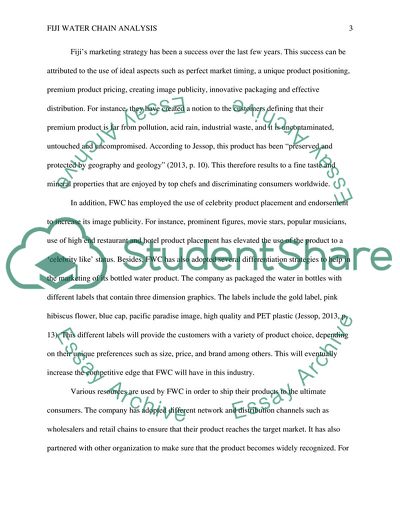Cite this document
(“Bottled water commodity chain Research Paper Example | Topics and Well Written Essays - 1500 words”, n.d.)
Retrieved de https://studentshare.org/anthropology/1663227-bottled-water-commodity-chain
Retrieved de https://studentshare.org/anthropology/1663227-bottled-water-commodity-chain
(Bottled Water Commodity Chain Research Paper Example | Topics and Well Written Essays - 1500 Words)
https://studentshare.org/anthropology/1663227-bottled-water-commodity-chain.
https://studentshare.org/anthropology/1663227-bottled-water-commodity-chain.
“Bottled Water Commodity Chain Research Paper Example | Topics and Well Written Essays - 1500 Words”, n.d. https://studentshare.org/anthropology/1663227-bottled-water-commodity-chain.


